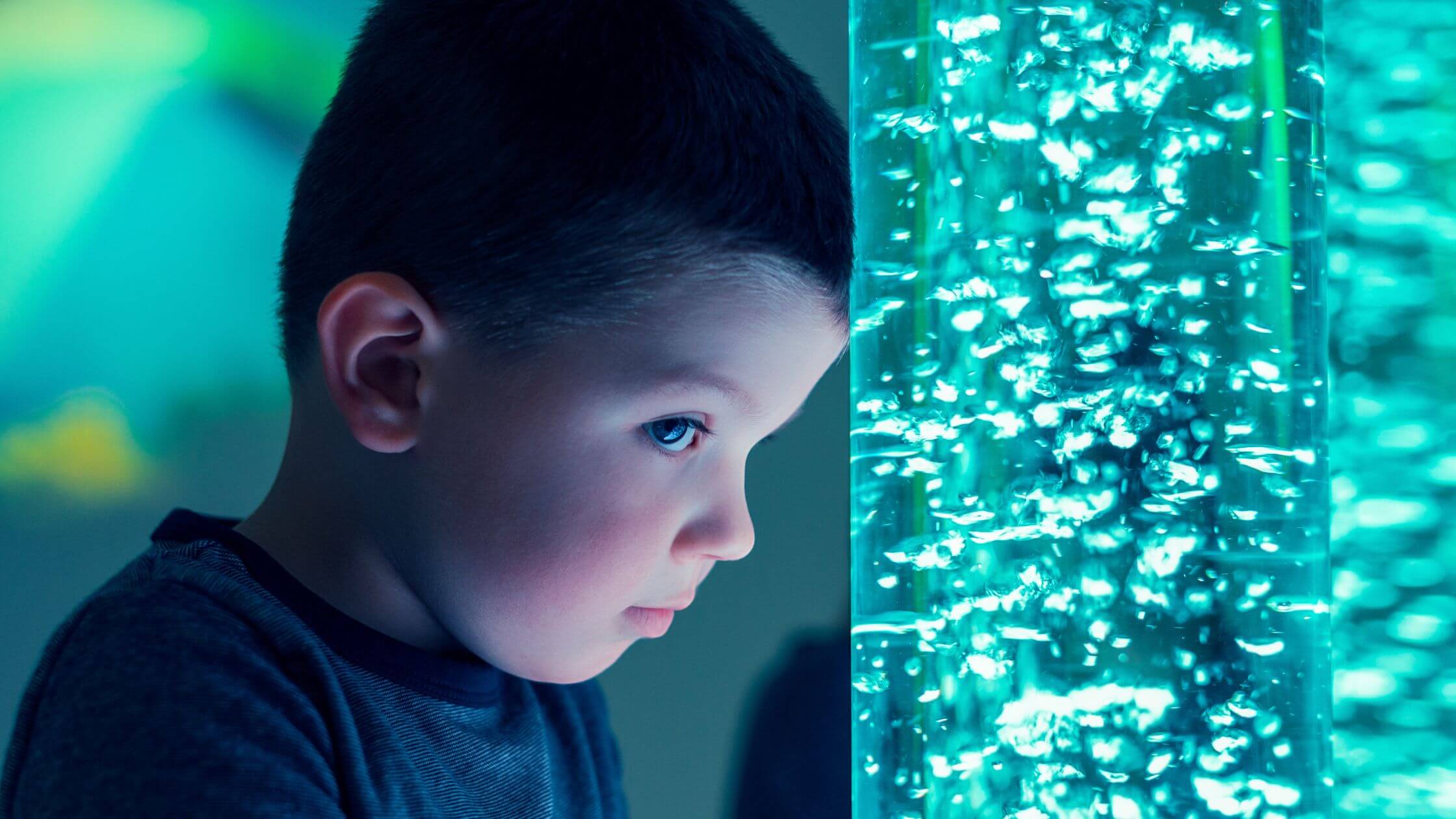I am a sensory engagement and inclusion specialist. In my work at The Sensory Projects, I focus on how inexpensive resources can be used as tools for inclusion and explore how understanding processing can help us to better support those in our care. I deliver training nationally and internationally and can often be heard saying that I wish there was an easy way to distinguish between sensory and SENSORY. People are generally aware that engaging the senses when learning is useful, but there’s a big difference between putting out a box load of toys that were all marked ‘sensory’ in the catalogue and creating a SENSORY banquet for exploration.
In this series of articles, I’m going to talk about the difference between sensory and SENSORY across different systems and the impact of engagement work on people of all neurotypes, who experience both ability and disability.
Harnessing The Power Of Visual Stimulation For Enhanced Learning
This article focuses on sight. It’s usually the first sensory system people think of and the one they fear losing the most. It takes up a third of our cerebral cortex and consumes a lot of the calories burnt by our brain in a day. (Do some good looking and get thin! – Not exactly, but sort of).
Here’s how to do sight in a little letter way:
Sight: Sensory
Slap some pictures on the table and tell people to look at them.
Why isn’t this capital letter sensory? Well, because those pictures are likely quite small, and in a big room, they’ll represent a few blobs of colour displayed in a one-dimensional way. The light will bounce off them all in the same (heaven forbid they might also be shiny, and so the presence of light will actually obscure the image with reflections). They’ll overlap one another and be unclear.
Imagine an eye walking into the room all by itself (not attached to a brain – I appreciate this isn’t what happens, but we are imagining here!) Why would it look at those splodges on the table? Isn’t it more likely to notice Sandra’s neon cycling jacket hanging on a peg in the corner? Isn’t it more likely to gaze at the bright light bulbs hanging overhead? Wouldn’t it be caught by the movement of someone running? The pictures scattered on the tabletop are not capital letter SENSORY.
Imagine the same eye walking in, this time hand in hand with the brain. The brain would notice the images and understand that they contain information – there might be stories in them. Whilst the eye looks towards the neon, the light, the movement, the brain tugs it towards the pictures. The visual interest in photos is created by intellectual understanding, not sensory interest.
Not everyone has intellectual capacity. Providing capital letter SENSORY experiences that convey meaning is a way of engaging people who do not have intellectual access. But more than that, everyone’s understanding begins from their senses. If you can capture attention, you won’t have such a struggle gaining intellectual attention. Think of the brain and eye holding hands, with the eye pulling towards the jacket on the peg and the brain pulling towards the table. If you can capture sensory attention, they both rush in the same direction. Focus is better, concentration is easier, and learning is a happier experience.
Sight: SENSORY
Provide brightly coloured sunglasses with different coloured lenses for children to try on.
Dim the lights in the room and ask Sandra to hang her neon jacket up outside. Create an improvised light box (or, if you have a real one, by all means, use that) and pop some transparent coloured geo-solids on it for exploring.
Hang sheets of coloured cellophane over the windows, create the outline of a stained-glass image with black sugar paper, and have people fill in the gaps with swatches of coloured cellophane.
Use sheets of card cut to size and attached with Velcro dots to black out the room. Provide people with torches for exploring, or pop a UV light bulb into a small lamp and offer resources that fluoresce under UV light.
Why are these SENSORY rather than sensory? Something is SENSORY if it draws the attention of the eye as it walks in on its own, which all of these would do. Something is SENSORY if it fills an entire system. In the example with the photos on the table, the eye has a lot to look at, but with coloured lenses to look through, EVERYTHING the eye sees has changed colour. It is a massive experience.
Thinking about the distinction between sensory and SENSORY can help you to create more engaging invitations to learn and explore for the people you support.
In my next article, we will look at how we can use these insights into sight to better support the people in our care, and in the article after that, we will look at the distinction between sensory and SENSORY for our sense of touch. At the end of this series, we will look more deeply into the value of engagement work and the ways in which our understanding of the sensory landscapes we provide can influence how we support those in our care. So remember to pop back next month and collect some more insights. By the end of this series, you should have a whole smorgasbord!

